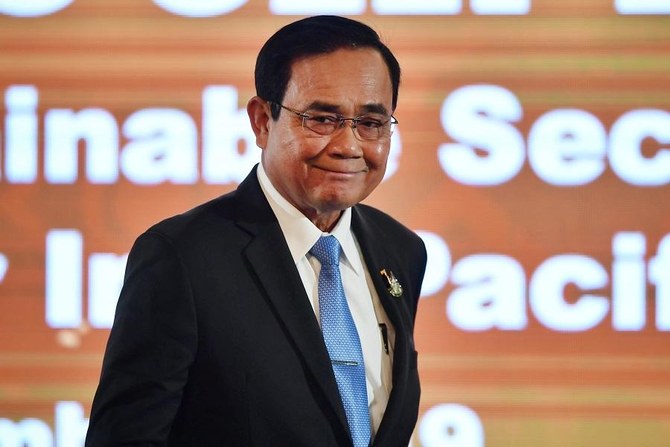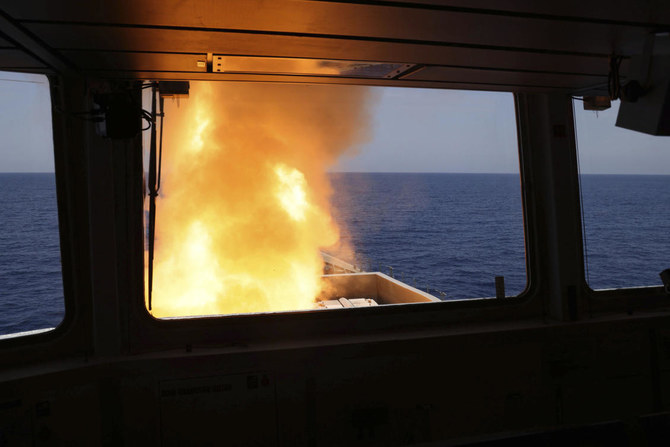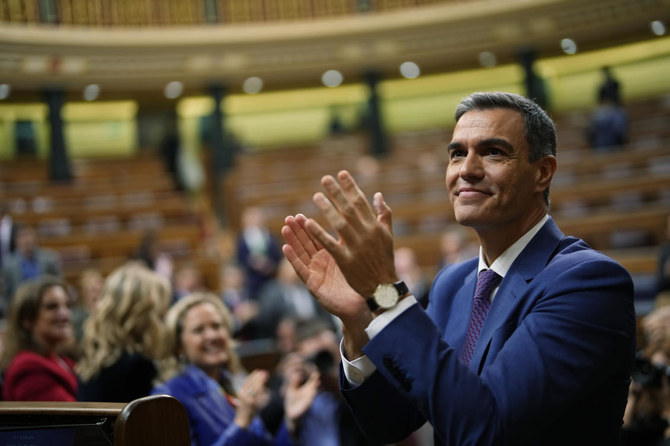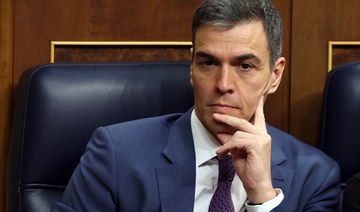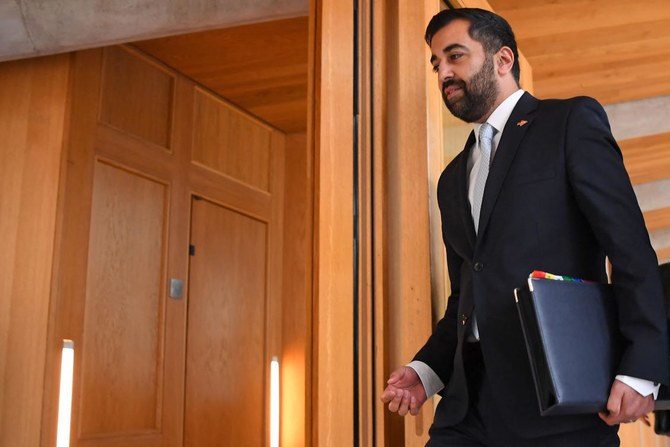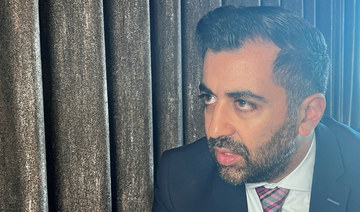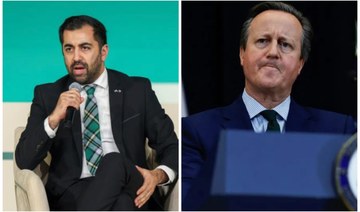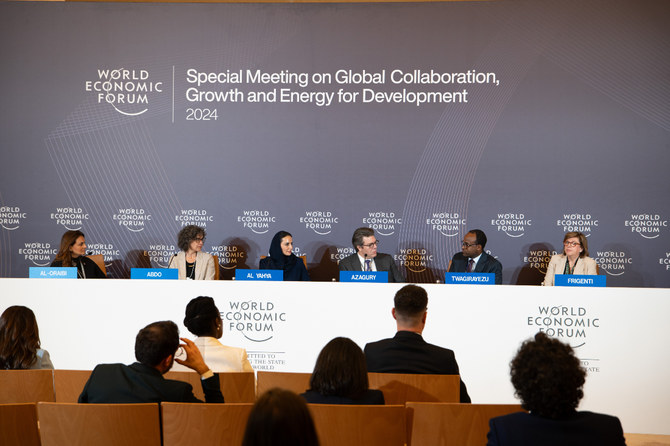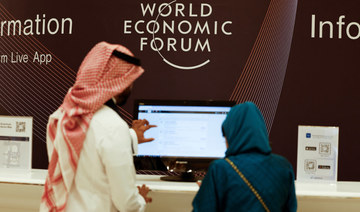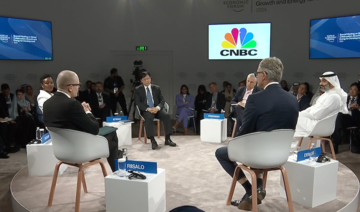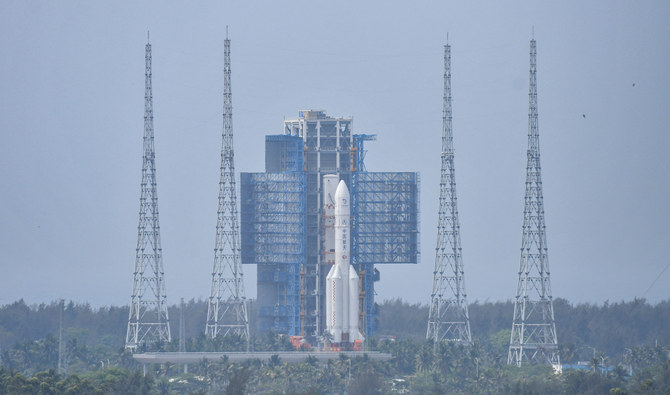BANGKOK: Thailand’s prime minister urged residents of Bangkok to wear face masks on Monday after smog covered parts of the capital in what some fear is a harbinger of more pollution to come.
Prime Minister Prayuth Chan-ocha warned in a statement on his Facebook page that the concentration of tiny dust particles called PM2.5 in the air had reached unsafe levels and said he has ordered government agencies to expedite anti-pollution measures.
He also asked the construction and manufacturing sectors to reduce activities that release pollutants.
Smog levels are expected to stay high for the next two or three days. The head of the country’s Pollution Control Department, Pralong Damrongthai, said the visibly dirty air was not caused by smoke originating from forest fires in Indonesia.
Since last month, haze blown by monsoon winds from fires in Indonesia has affected nearby countries including the Philippines, Singapore, Malaysia and parts of southern Thailand, raising concerns about aviation safety and health.
Indonesian officials say they have made progress in containing the fires, including successful efforts at rainmaking, which they say reduced the number of fire “hotspots” from more than 5,000 about two weeks ago to 491 on Sunday.
Thailand’s Pralong told Thai PBS television that the problem in Bangkok is due to still air and high humidity becoming loaded with ultrafine dust from vehicle emissions, construction sites and other pollutants.
He said it was then trapped close to the ground by a blanket of warm air in what meteorologists call an inversion.
Thailand’s government has set a safe level of 50 micrograms of PM2.5 per cubic meter of air, although other countries have lower limits.
The Pollution Control Department’s website put Monday’s level as high as 79 micrograms.
PM2.5 particulates are small enough to be sucked deep into the lungs and enter the bloodstream, and can cause respiratory problems and may raise risks of cardiovascular disease and cancers.
It’s the second time this year Bangkok has been blanketed with a cocktail of pollutants. Smog levels also spiked back in January.
Pralong acknowledged the pollution levels might shoot up again in January and February, during the dry season, when farmers burn fields to make way for new planting, another factor that contributes to the problem.
He said his department and other units are preparing more stringent measures to better handle the problem than earlier this year.
As the noxious smog settled over Bangkok, many residents fished out masks from drawers and went about their business.
“A lot of my friends are saying they come to the office, their noses are running. Their eyes really hurt. All of them are really coughing today. It’s not normal anymore,” said Piyavathara Natthadana, an office worker who was wearing a mask.
“There’s not much we can do. We have to monitor the news and protect ourselves,” said Chakrapong Sanguanjit, another Bangkok resident walking downtown with a mask on.
Some environmentalists blamed the government for failing to act fast enough, despite being well aware of the issues.
“The cause of the problem is the same. The sources of the pollution are the same. But measures to control the sources of pollution are not implemented yet because they said that takes time,” said Tara Buakamsri of the environmental group Greenpeace.



